Jose Antonio Nievas
It was a hot and sunny October day in Argentina and farmer José Antonio Nievas was taking his daily stroll through his farm. It was 2019 and José had been living there for decades.


As a farmer, José was used to finding weird stuff in his property, from wild animals to all sorts of litter that people always threw from the highway. But little could have he imagined what he was about to find that day.
An Unusual Finding
The town of Carlos Spegazzini is located just a few miles from the city of Ezeiza, approximately 40 kilometers to the south of Argentina's capital city, Buenos Aires.
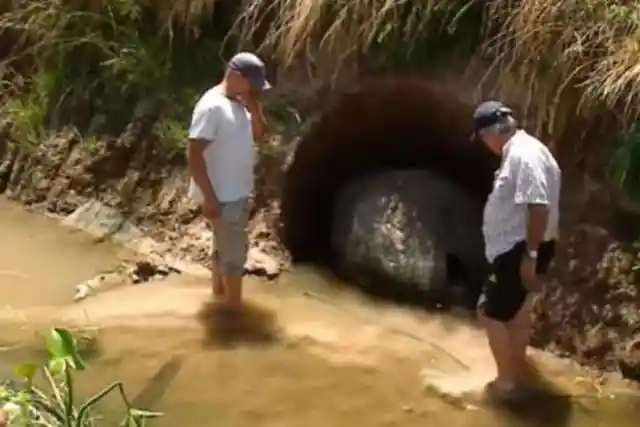
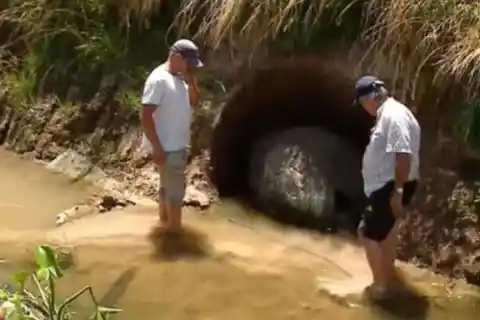
To be honest, nothing interesting ever happens in Carlos Spegazzini. José's life was quite monotonous, and all he did besides work was to go for a two-hour walk along his vast property. But one day, he spotted something strange right next to a small stream of water.
A Giant Stone
At first, the strange object appeared to be an unusually big stone, but as José approached it, he realized it was something totally different.

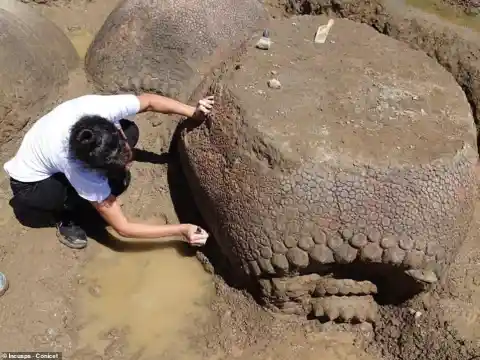
Since it was totally covered by a dense layer of mud, he couldn't really tell what it was. As the farmer he was, he put hands to work and started scraping the mud off the strange rock. But, to his surprise, the object was covered by thick, green-colored scales. What was it?
Extra Help
It wasn't long before he realized that it was impossible to scrape all the mud and dirt off the rock with just his bare hands. He would definitely need some extra help if he wanted to solve the mystery before sunset.
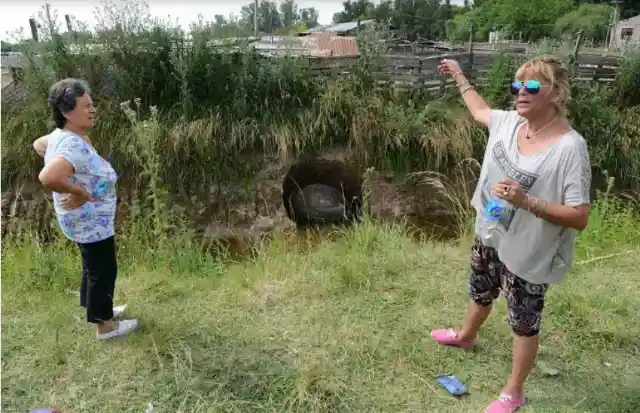
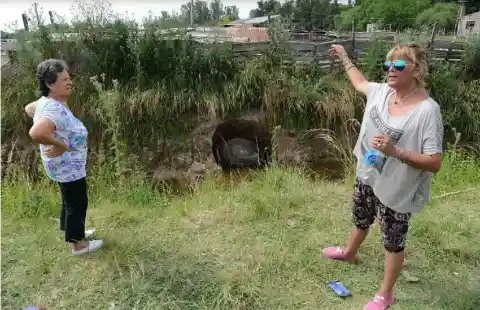
Therefore, José gave his wife a call and asked her to come for him, claiming he had made an unbelievable discovery. Logically, the woman didn't believe him at all. Why would there be anything intriguing in the middle of the countryside?
Was It A Dinosaur Egg?
Even though she was pretty much sure his husband was pulling a prank at her, Reina Coronel agreed to meet him and help him out, whatever it was he needed.
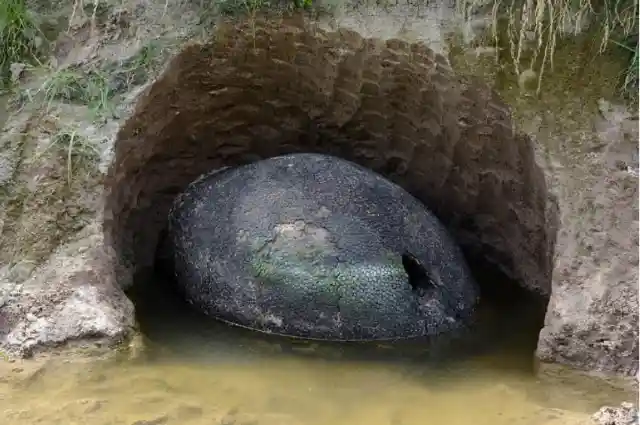
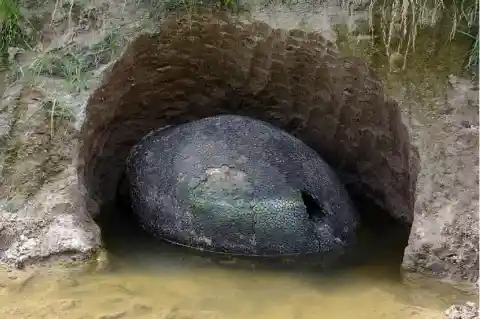
When she got to the riverbank, her jaw dropped at once. José had already swept most of the mud, thus revealing most of the object's surface. As crazy as it sounds, the giant rock appeared to be a dinosaur egg! Could that be possible?
Calling The Authorities
They knew they had to alert the local authorities, but before they did that, husband and wife tried to dig a bit deeper, hoping to dislodge the egg from the riverbank.
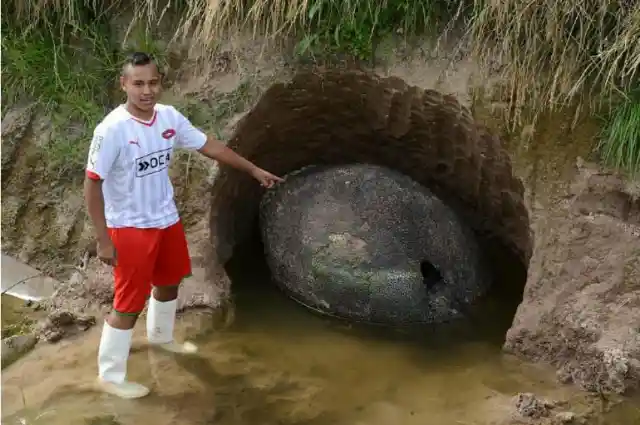
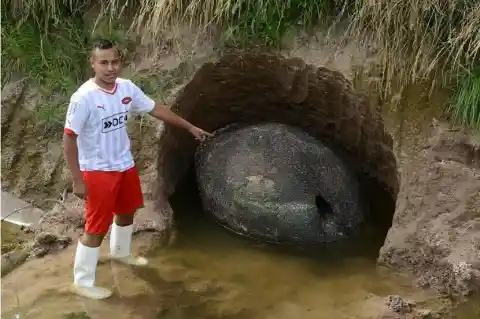
As they weren't able to move it even by an inch, they called the police and ask for their help. They weren't even sure whether the police would be helpful, but someone needed to be notified!
Word Spread Quickly
Since Carlos Spegazzini is a ridiculously small town, it wasn't long before word spread that José had made a surprising discovery. By the time the police arrived, most of the town was already there!
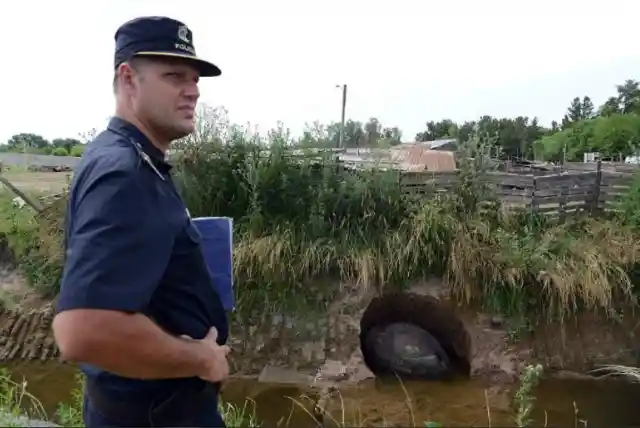
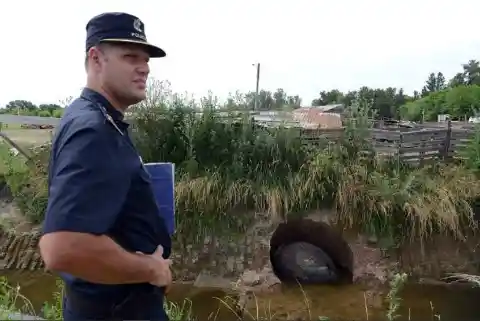
Most of the neighbors had already gathered around, and while some tried to help José and his wife to remove the object from the mud, others just took pictures. But what happened when the police arrived?
An Unexpected Visitor
Logically, the policemen were just as puzzled as the locals, and they didn't even know what to do in the first place! However, attracted by the crowd, an unexpected visitor showed up: Jose's dog!
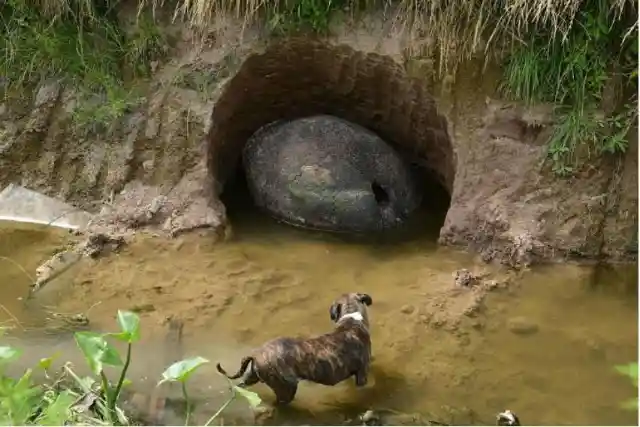
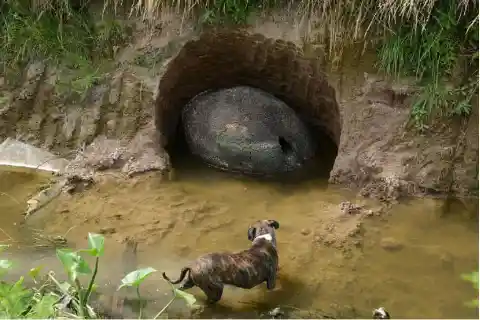
Curious by nature, the little pooch approached the egg and started sniffing and barking at it. That's when the police realized it was better for them to clear the whole area and avoid people from getting hurt. This sounded like a task for archaeologists, not for the police!
Leave It To The Pros
The policemen contacted the science faculty of Buenos Aires University, Argentina's most prestigious institution. Luckily, it wasn't long before a team of archaeologists showed up at the site.
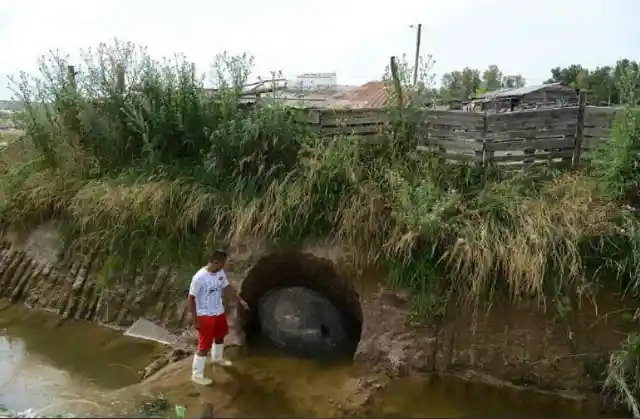
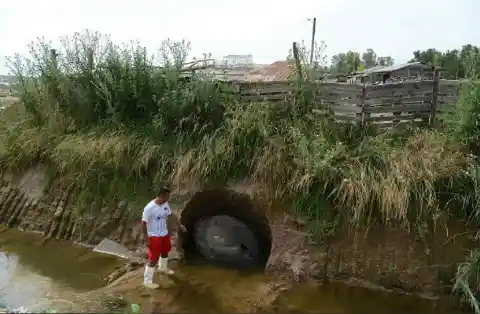
Although the scientists failed to establish what the object was, they did tell it was something amazing. They knew they would have to perform some tests before reaching a conclusion, and this meant they would have to move the giant object to their lab.
Team Work
However, moving the giant egg involved a titanic effort, so how would the scientists ever manage to do it? The answer will surprise you.

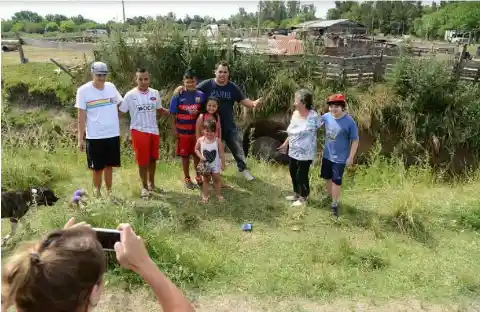
The task could only be carried out with some teamwork, so the archaeologists, the policemen, and the locals all plunged into the muddy waters and started digging. A few hours later, they successfully managed to dislodge the egg from the mud. Can you guess how much it weighed?
Lab Work
As crazy as it sounds, the egg weighed nearly two tons! Once the archaeologists moved the giant object to their lab, they started conducting several exhaustive tests based on a few samples.
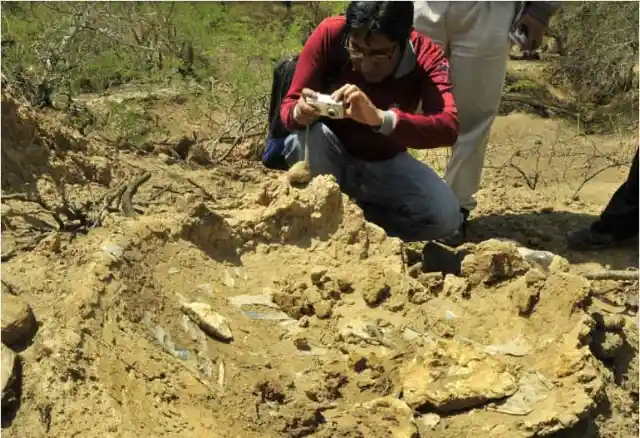
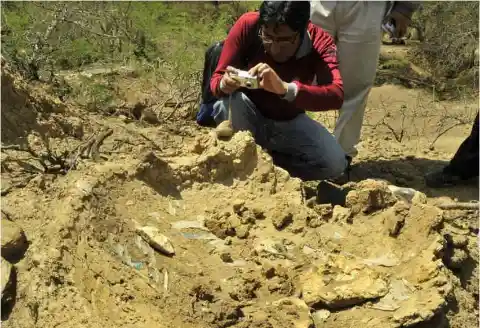
The samples were carefully observed through a microscope. After several weeks of hard work, the archaeologists reached a conclusion that shook the entire world: the object was not an egg of any sort, but something totally different!
An Odd Fossil
The archaeologists revealed that the alleged egg was actually a very ancient fossil that dated approximately 10,000 years ago. Wow!
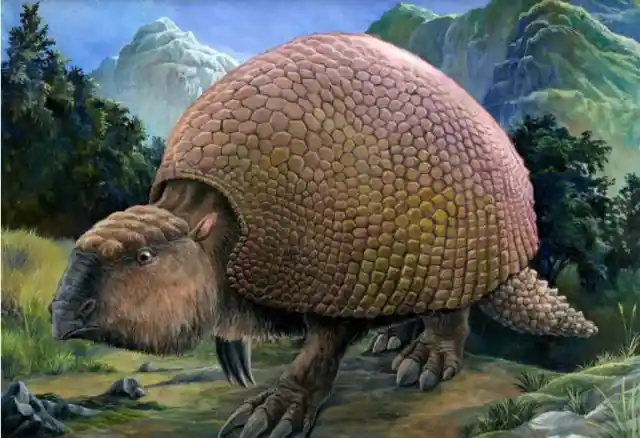
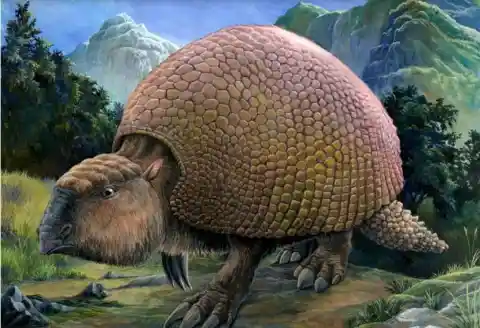
This shell belonged to a prehistoric animal known as the Glyptodon, which was a turtle-like creature that once inhabited North and Central America. This posed a crucial question: how did that shell end up in the backyard of Jose's farm?
The Shell Was Intact
Before the archaeologists reached a decisive conclusion, rumors of their finding spread throughout the world. Before they knew it, paleontologists from each of the five continents were discussing about the fossil!
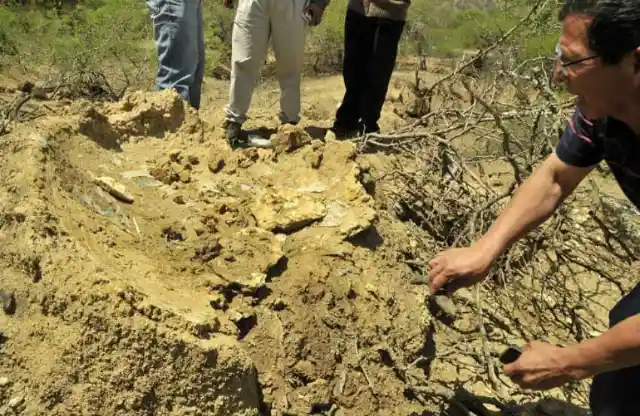
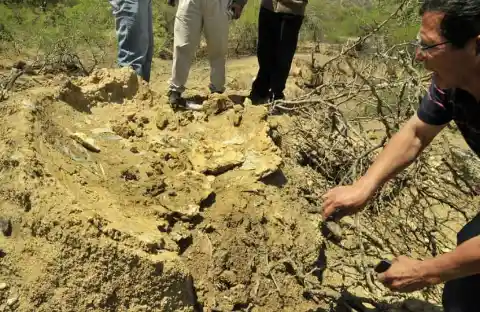
What struck scientists the most was how intact the fossil was. Some specialists claimed that it wasn't so weird for a fossil to be so perfectly preserved given adequate temperatures. Still, the scientific world was shocked to its very core!
Contrasting Theories
Many experts from around the world considered that the ancient fossil was actually a hoax considering how well-preserved it was, but they had no way of proving such theories unless they examined the object for themselves.
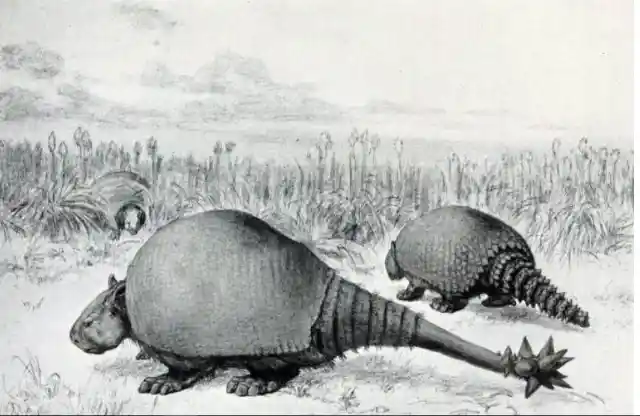
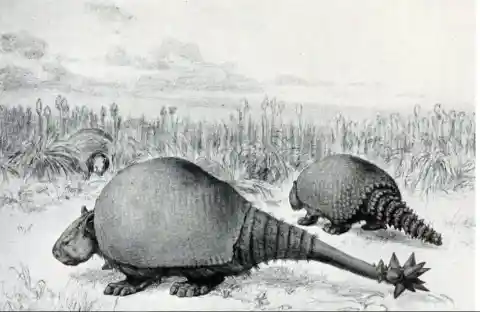
On the other hand, Adrian Lister, professor at the London Natural History Museum, claimed that it was rather common to find well-preserved fossils near riverbanks. In his view, the mud had probably been the key to the fossil's conservation.
A Prehistoric Animal
Professor Lister also stated that if it really was a hoax, then the person who built the shell had to have had vast knowledge on prehistoric animals, and that was highly unlikely.
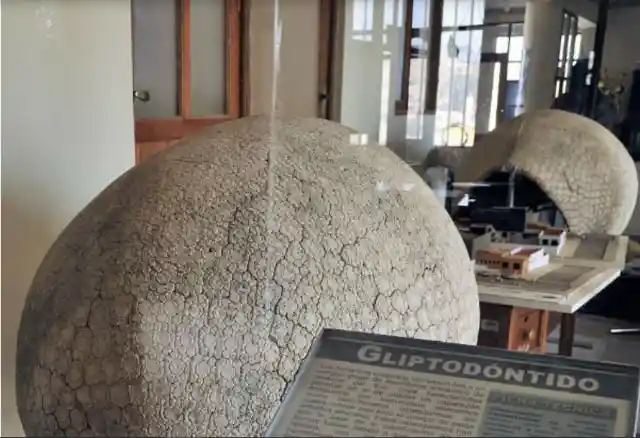
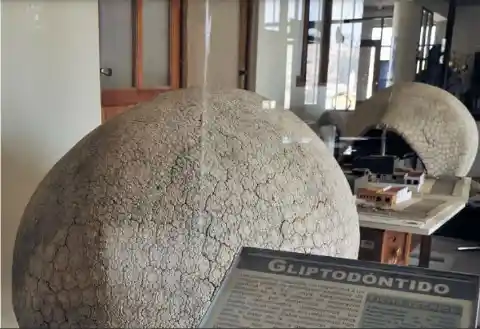
Another scientist, a paleontologist from Buenos Aires' Natural Sciences Museum called Alejandro Kramarz, stated that the object was without a doubt a real glyptodon shell. But was he right?
Glyptodons
Glytodons are prehistoric creatures that lived alongside mammoths, giant sloths and saber-toothed tigers, but for some reason, they're not as famous. Do you know how they looked like?
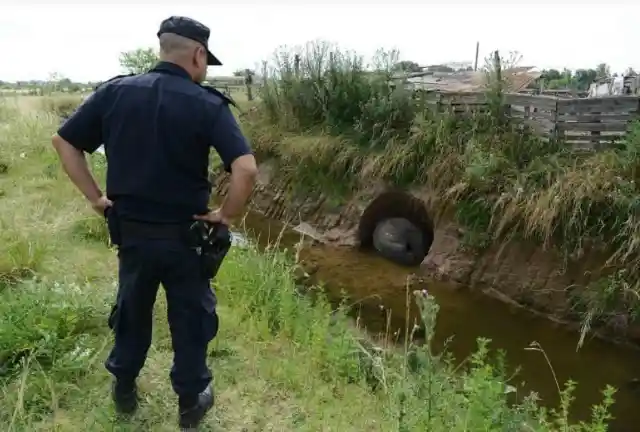
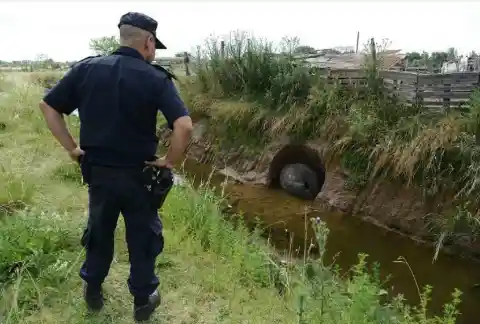
Apart from that, their head was covered by a protective helmet and their tails had spikes which served as a defense mechanism. They would definitely be a threatening species if they still lived!
Migration And Extinction
In an interview with AFP, paleontologist Alejandro Kramarz stated that glyptodons became extinct thousands of years ago and fossils proving their existence had almost never been found in South American soil.
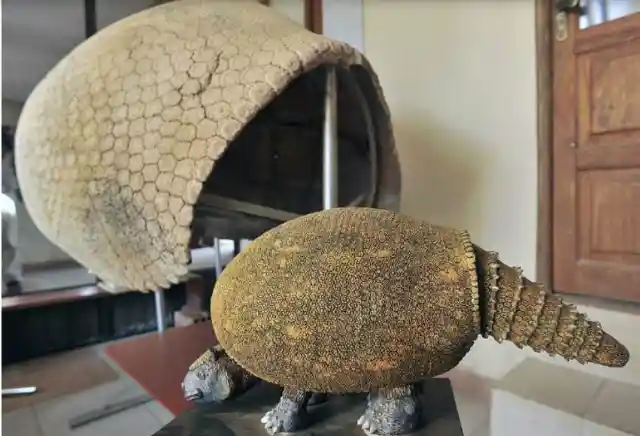
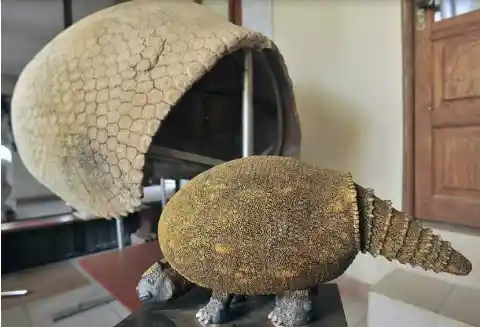
In fact, some scientists believed that glyptodons had become extinct before they even reached the southern tip of the American continent. That's why this finding was such a shocker!
Why They Went Extinct
But that's not all we know about glyptodons! According to the evidence gathered from several prehistoric paintings discovered throughout the continent, ancient humans hunted glyptodons for their shells, which they then used as a form of shelter.
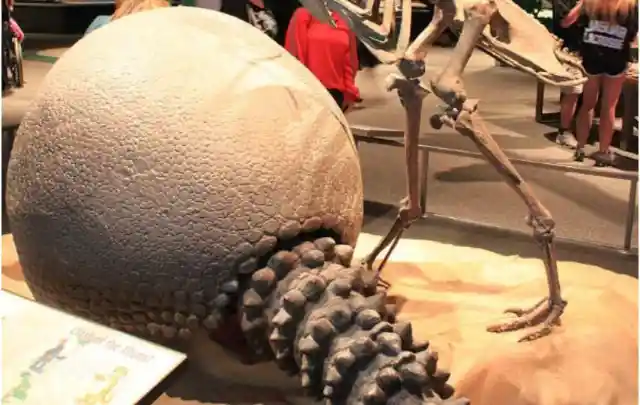
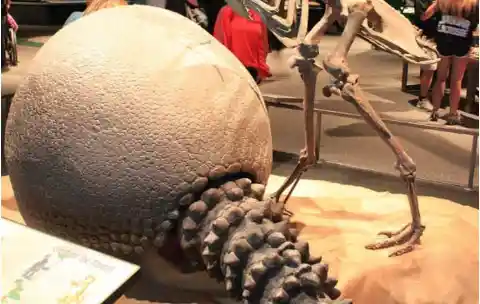
It was due to the fact that they were constantly hunted that these creatures went extinct nearly 10,000 years ago. However, did you know that glyptodons are related to armadillos?
The Shell's Size
It goes without saying that the armadillos aren't nearly as large as their prehistoric ancestors. However, Argentinian scientists discovered something a bit odd about the size of this glyptodon shell.
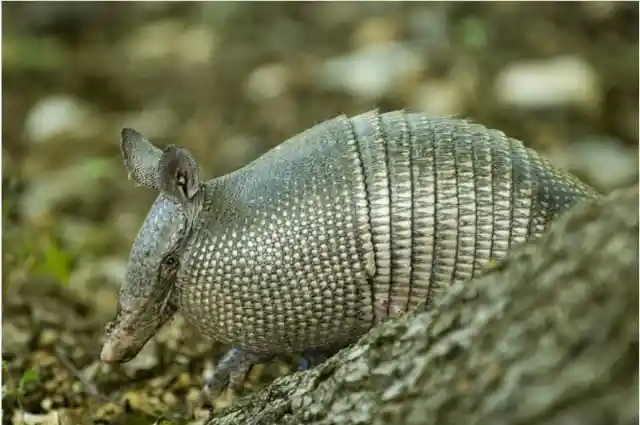
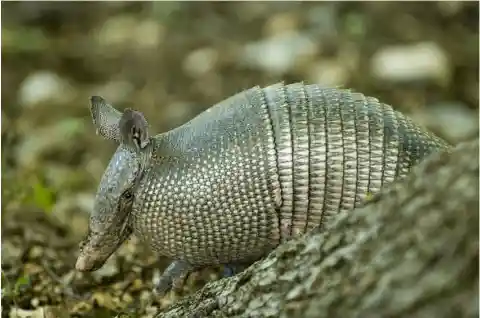
The shell found at José's farm was quite smaller compared to similar fossils unearthed elsewhere in the continent. Thus, scientists concluded that this fossil, albeit huge, probably belonged to a juvenile glyptodon. But, how big were glytpodons?
Giant Creatures
Evidence has shown that glyptodons were massive creatures, whose size could range from 2 to 3.3 meters long and up to 1.5 meters high.
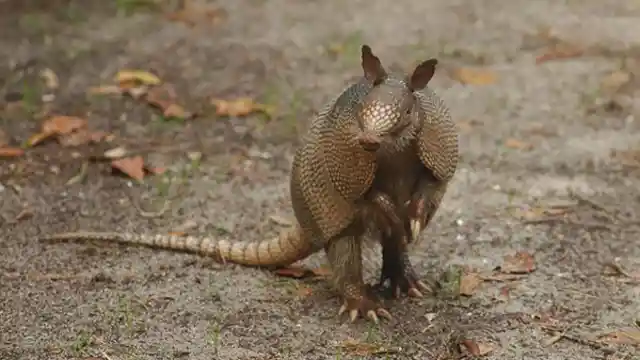
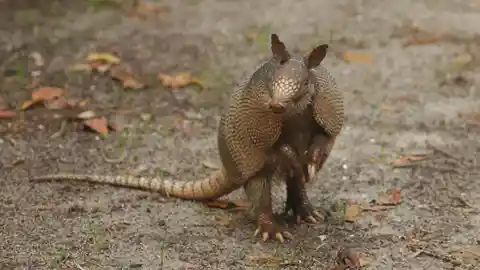
While they were way smaller than dinosaurs, they were way bigger than their present-day relatives, the armadillos!
Not The First Time
There is no doubt that José made a groundbreaking discovery, despite the fact that it was by sheer luck.
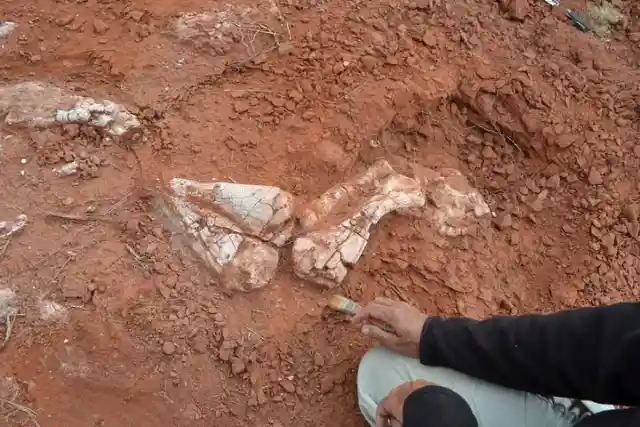
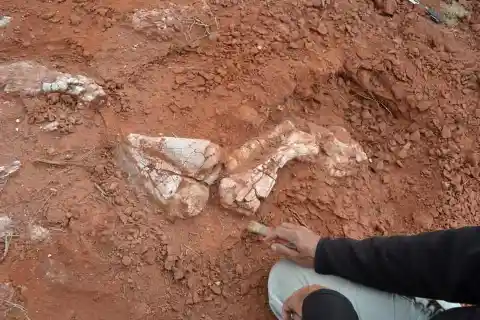
If that strange muddy object hadn't piqued his curiosity, that valuable glytpodon shell would probably still be buried on the banks of that riverbed. Who knows, maybe you've also got some ancient prehistoric creature hiding in your backyard!